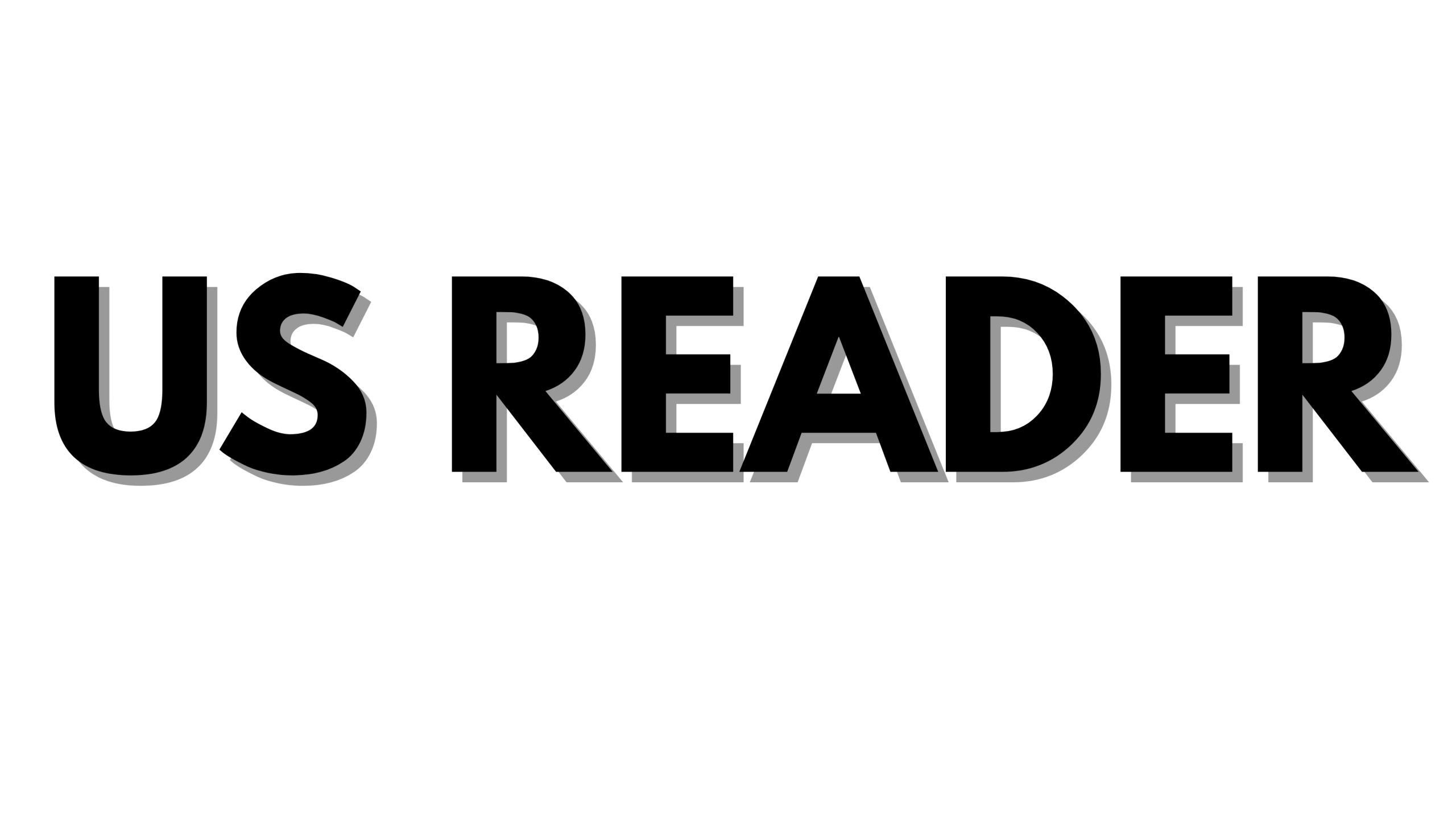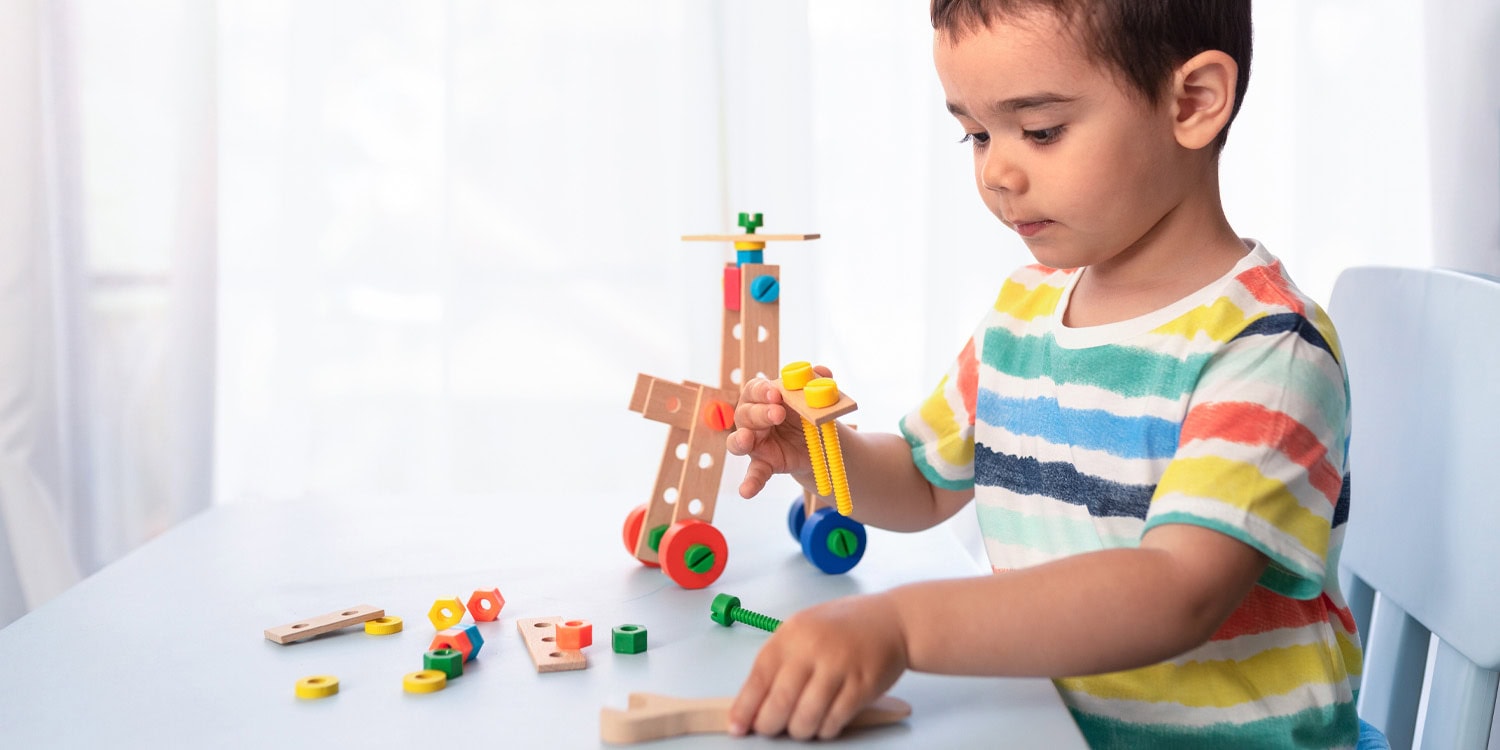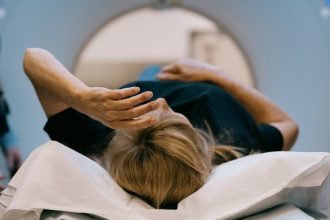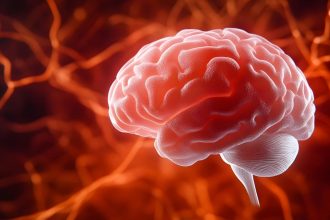For many years, creativity has been regarded as a potential asset among individuals with autism. The notion that autism enhances creativity has been supported by anecdotes of autistic savants and rising calls for strength-based educational and employment initiatives. However, recent research published in the Journal of Psychopathology and Clinical Science raises questions about this prevailing belief.
Researchers found that when they controlled for cognitive ability and attention-deficit/hyperactivity disorder (ADHD), autistic adults did not show significant differences from their nonautistic counterparts in generating novel ideas. Instead, variations in creative achievements and behaviors were more accurately attributed to co-occurring ADHD rather than autism itself.
The study aimed to fill gaps in earlier inquiries regarding creativity within the autistic community. Previous findings suggested a possible link between autism and creativity but were often based on small sample sizes or assessments of autistic traits in general populations instead of clinically diagnosed individuals. While some research indicated that individuals with stronger autistic traits produced more original ideas in laboratory settings, others noted no such correlation. Notably, few studies had directly examined creativity among autistic adults or considered how factors like ADHD, which frequently co-occurs with autism and is also linked to creative output, influenced these differences.
In this study, researchers enlisted 352 adults from the United Kingdom, half of whom had been clinically diagnosed with autism. The groups were carefully matched by age, sex, and cognitive ability to ensure that any disparities in creativity were not influenced by these factors. A combination of performance-based and self-reported measurements provided a comprehensive view of creativity, encompassing the generation of ideas, actual achievements, everyday behaviors, personality traits, and self-perceptions regarding creativity.
Participants engaged in a well-established divergent thinking task that required them to identify as many alternative uses for a brick as possible within a two-minute timeframe. This task is frequently utilized in psychological research to assess a person’s fluency, flexibility, and originality in idea generation. The researchers also evaluated real-world creativity through self-reported instruments, including a questionnaire detailing specific accomplishments in various domains such as art, music, and writing, as well as a checklist of creative behaviors over the past year and assessments of creative personality and self-efficacy.
The results indicated that both autistic and nonautistic participants performed similarly on the divergent thinking task, generating comparable numbers of ideas, demonstrating similar flexibility, and achieving similar originality scores. This outcome contradicts the idea that autism is inherently linked to superior creative thinking in structured tasks.
However, autistic participants did report more significant levels of real-world creativity, citing greater creative achievements such as artwork and storytelling, in addition to a higher frequency of everyday creative activities compared to nonautistic peers. Upon further analysis, these differences vanished when ADHD was taken into account, suggesting that the heightened creativity reported among autistic participants could be attributed to the presence of ADHD.
The researchers employed both categorical and dimensional approaches to examine this relationship, analyzing whether participants had a clinical ADHD diagnosis while also evaluating continuous measures of ADHD traits. In both approaches, higher creative output—including reported accomplishments and behaviors—was consistently linked to ADHD rather than autism. In some analyses, autism was even associated with slightly lower scores in creative personality and self-efficacy when traits were assessed continuously.
These findings prompt a reevaluation of creativity as it relates to autism. While certain autistic individuals may exhibit creativity in specific areas, this appears not to be a universal characteristic of autism itself. Instead, creativity might be more accurately described as a strength associated with ADHD, a condition frequently present among those with autism.
The authors of the study noted several reasons why previous research yielded conflicting or inconclusive results. Many earlier studies failed to account for overall cognitive ability, known to affect creativity, and overlooked ADHD’s potential role, which can enhance creative thinking via traits like impulsivity and flexible thought processes. Given that ADHD is often underdiagnosed—particularly in adults and in those with autism—it’s likely that some participants in earlier studies had undetected ADHD that may have skewed outcomes.
Although autistic participants indicated higher rates of creative behaviors and accomplishments, they did not express stronger beliefs in their own creative abilities, suggesting a disconnect between actual creative output and self-perception. This may reflect broader challenges with self-assessment and self-esteem common among individuals with autism, signaling a need for interventions that assist neurodivergent individuals in recognizing and fostering confidence in their strengths.
The research underscores the necessity of more tailored approaches to nurturing strengths within neurodivergent populations and warns against applying the concept of “autistic creativity” broadly in clinical or educational contexts without substantial evidence. If creative strengths are primarily found in autistic individuals with ADHD, initiatives aimed at fostering creativity among those with autism must consider this variability to avoid imposing unrealistic expectations through one-size-fits-all strategies.
Despite its strengths—including a large, well-matched sample, multiple validated measures, and preregistered analyses—the study acknowledged limitations. The researchers relied on self-reported diagnoses without independent verification through standard clinical assessments. Furthermore, their focus on verbal creativity may not represent all forms of artistic expression, especially among autistic individuals with limited language skills. The sample also excluded autistic individuals with intellectual disabilities, limiting the generalizability of the findings to that subgroup.
Future investigations could seek to ascertain whether various types of creativity manifest differently in diverse contexts, particularly when autistic individuals engage with personal interests. Researchers might also explore nonverbal creativity tasks or examine creativity across distinct developmental stages and cultural backgrounds. Investigating the cognitive and motivational factors underlying creativity in ADHD could further clarify why this population consistently exhibits elevated creative output.
The study, titled “Enhanced Creativity in Autism Is Due to Co-Occurring Attention-Deficit/Hyperactivity Disorder,” was authored by Emily C. Taylor, Małgorzata A. Gocłowska, Mitchell J. Callan, and Lucy A. Livingston.












